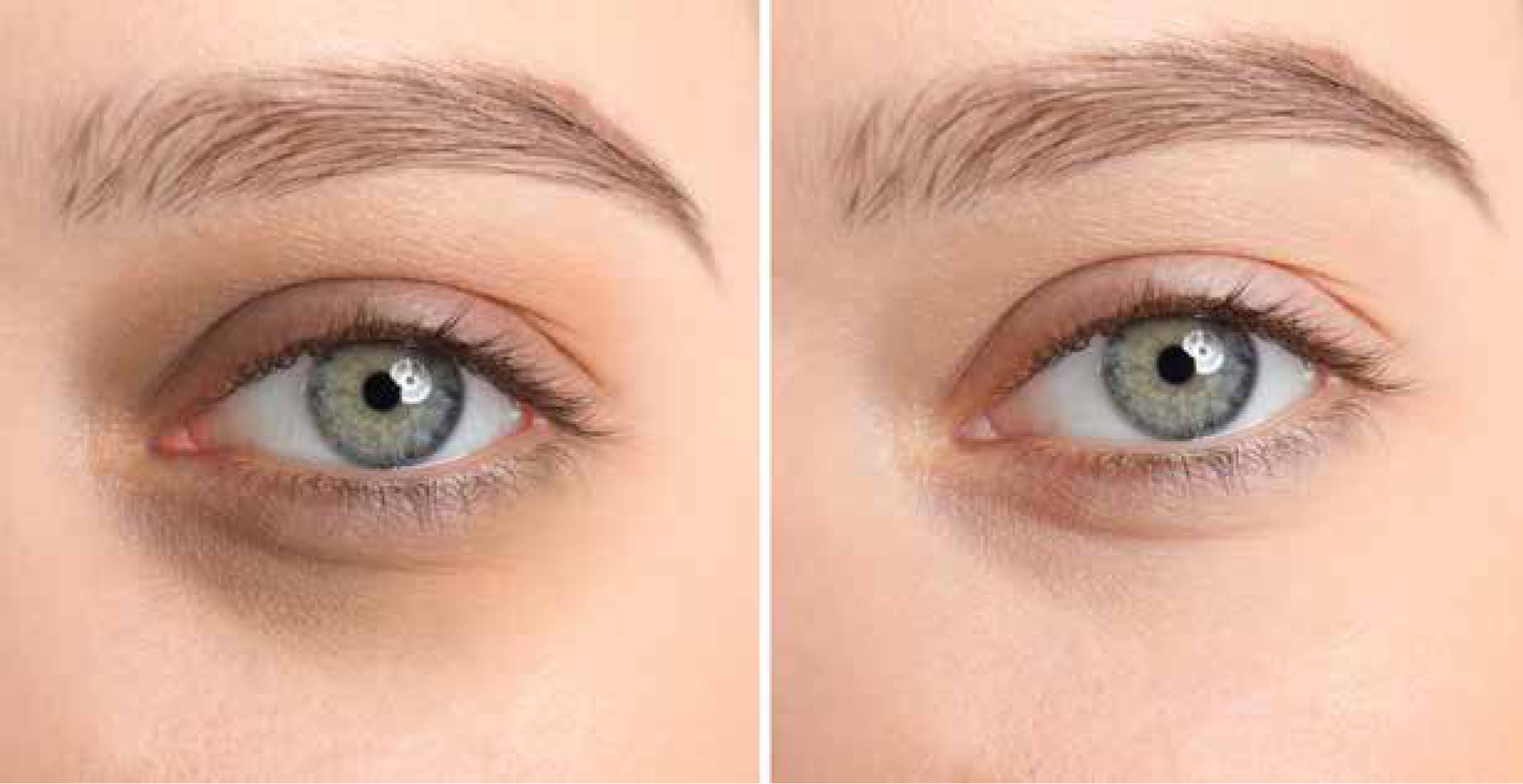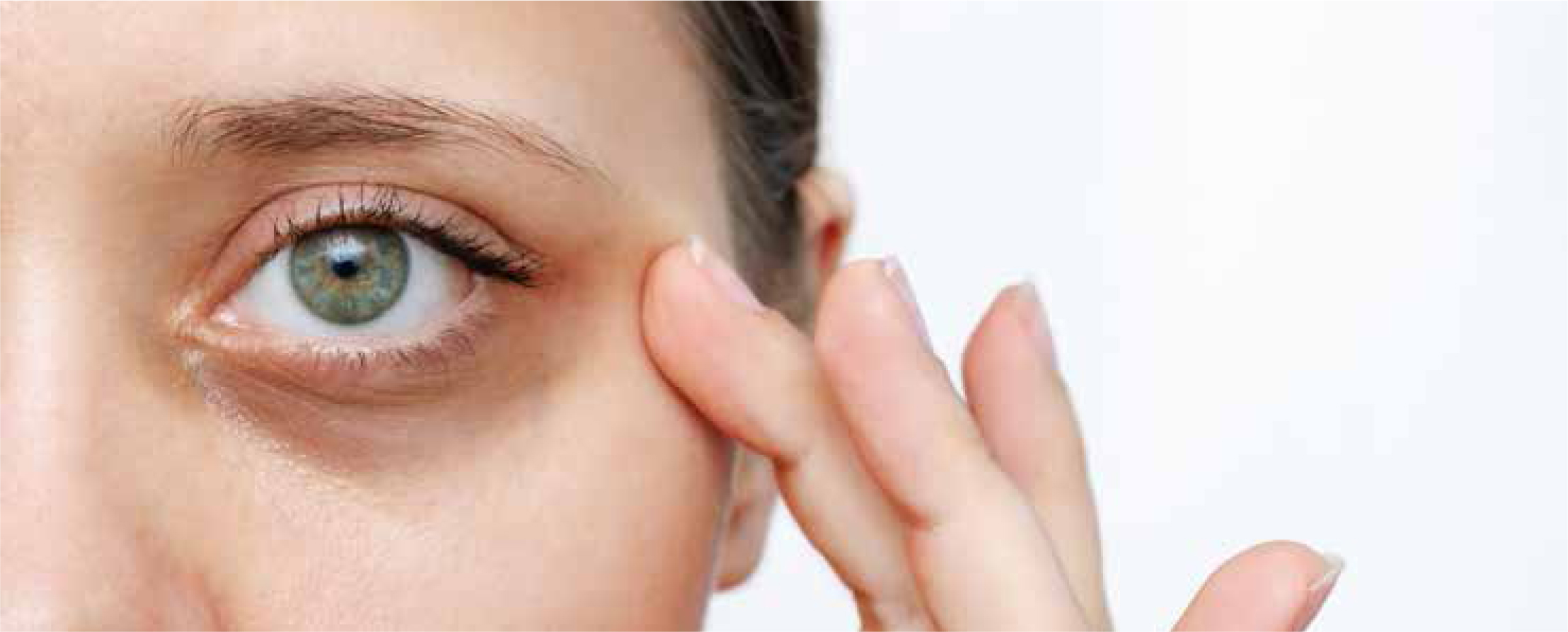

In 2021, research conducted by McKinsey & Company indicated that the global aesthetics injectables market could grow by 12–14% annually over the following 5 years (Leclerc et al, 2021); as we enter 2024, 3 years into McKinsey's 5-year projections, it certainly seems that the use of minimally invasive cosmetic interventions is constantly growing, with 70% of consumers who took part in the 2023 American Society for Dermatologic Surgery's Consumer Survey stating that they were currently considering a cosmetic procedure. Indeed, tear trough (TT) treatment, in which dermal fillers are injected into the ‘under eye’ area (the infraorbital region), falls under this category of non-invasive cosmetic procedures that are in growing demand.
By adding volume through subcutaneous filler injection, TT treatment aims to address an individual's ‘dark circles’ or what is referred to in aesthetic medicine as a ‘TT deformity’, which, despite its name, is typically a genetically inherited trait or a natural consequence of the structural changes associated with ageing, including increased skin laxity, reduced soft tissue volume, changes in the orientation of retaining ligaments and resorption of bone (Nikolis et al, 2023).
However, as the interest in TT procedures rises, so too do the concerns about their safety. For instance, a YouTube video produced by the Victorian Cosmetic Institute, titled ‘Why I stopped filling tear troughs…’, in which Dr Gavin Chan outlines his concerns as an aesthetic practitioner regarding the potential complications and adverse outcomes associated with this procedure, has garnered over 2.1 million views (Victorian Cosmetic Institute, 2021). This would indicate that there is a significant interest from the public as to how these treatments work and from those seeking a more objective source of information on their potential risks. While there are obviously commercial considerations to running an aesthetic practice, a practitioner has a duty to be as informed and impartial as possible when advising a patient of the best treatment to address their concerns, and of the complications that one can encounter, even with appropriate precautions.
Risks and challenges
As aforementioned, the unmasking of the tear trough and lid–cheek junction is related to soft tissue volume deflation with age. Patients will frequently complain of ‘dark circles’, which are often caused by tear trough deformity; however, it is worth noting that this pigmented change can be multifactorial, and changes in skin thickness and laxity; hyperpigmentation; and actinic changes also play a role, with thin skin or prominent subcutaneous venous pooling accentuating the periorbital darkening (Stutman and Codner, 2012). Therefore, expectation management is key: patients must be informed that, while TT treatment can add volume and therefore potentially mitigate the shadowing that can occur with the prolapse of orbital fat, the darkness beneath the eye will not disappear entirely.
It also must be noted that TT treatment is one of the most challenging non-invasive aesthetic procedures for specialists, because the possible adverse effects of the hyaluronic acid used for the injection are combined with the anatomical complexity of the area to be treated (Anido et al, 2021).
Careful patient selection is essential for the best results, and it is important to evaluate the following factors:
- Skin quality, as patients with thick, smooth skin will have better results than those with thin, extremely wrinkled skin;
- Definition of the hollow, due to a more defined hollow being more amenable to filler;
- The orbital fat pad, as larger fat pads are more difficult to correct due to ‘puffiness’ caused by the injection; and
- The colour of the overlying skin, since filler may improve shadowing but will not improve dark pigmentation (Stutman and Codner, 2012).
As with any procedure, risk is present, but patients may be particularly anxious prior to the treatment due to the proximity of the eyeball to the injection site.
The risks to make patients most aware of include:
- Headache;
- Skin discolouration;
- Allergic reactions;
- Persistent pain;
- Oedema;
- Filler irregularities;
- Granuloma (small area of swelling or inflammation);
- Infection;
- Vascular side effects;
- Permanent blindness due to central retinal artery occlusion (Nunez, 2023).

It is also significant that the formation of the TT deformity is not simply due to the loss of subcutaneous fat over time, but also to the presence of a TT ligament, which forms the anatomical basis of the TT through its connection to the actual underlying bone structure of a patient's face (Wong et al, 2012). Through dissection of 48 cadavers, Wong et al (2012) were able to isolate, for the first time, this particular ligament, which is sandwiched between the palpebral and orbital parts of the orbicularis oculi (the paired facial muscle that surrounds each eye and plays a role in eyelid closure) and is situated in continuity with the orbicularis retaining ligament (an important structure for maintaining the eyelid and cheek skin, situated below the lower rim of the eye) (Wong et al, 2012). In consideration of this anatomical feature, it could be argued that the most effective way to address the TT deformity may actually be via surgical means, but, as with all procedures and treatments, careful assessment of each patient's presentation and needs is required.
» By adding volume through subcutaneous filler injection, tear trough treatment aims to address an individual's ‘dark circles’ or what is referred to in aesthetic medicine as a ‘TT deformity’ «
Cannula vs needle: what is the best course?
If filler is selected as the best course of action for the patient, it can be injected into the TT using either a cannula or a needle. Regarding the safety profile of each of these methods, Nikolis et al (2023) noted a concerning lack of randomised controlled trials in their attempt to perform a traditional meta-analysis related to the outcomes of needle vs cannula injection. Regardless, their systematic review revealed that subjects treated with needles had a statistically significant greater incidence rate of ecchymosis, compared to those treated with cannula; conversely, subjects treated with cannula had a statistically significant greater incidence rate of oedema, compared to those treated with needles (Nikolis et al, 2023). A similar systematic review encompassing 1956 patients reported that the most common complications included ecchymosis (12.9%), oedema (9.2%), and lumpiness (6.5%), with patients on whom cannulas were used being less likely to develop ecchymosis (7.2%) when compared with needles (17.2%) (Gorbea et al, 2021). However, as a commenter notes, this review poorly describes the incidence of long-term complications and underreported the incidence of certain complications, such as necrosis, blindness and embolic events, due to the exclusion of articles with fewer than 5 patients (Kossler, 2021).

Key points
- The tear trough is the often dark-coloured groove that sits in between the lower eye lid and the cheek
- Tear troughs are also known as under-eye bags or dark circles
- Tear troughs form due to various causes, including genetics, smoking, lack of sleep, ageing, weight loss or stress
- Fillers or surgery can be used to minimise the sunken-in appearance of tear troughs.



